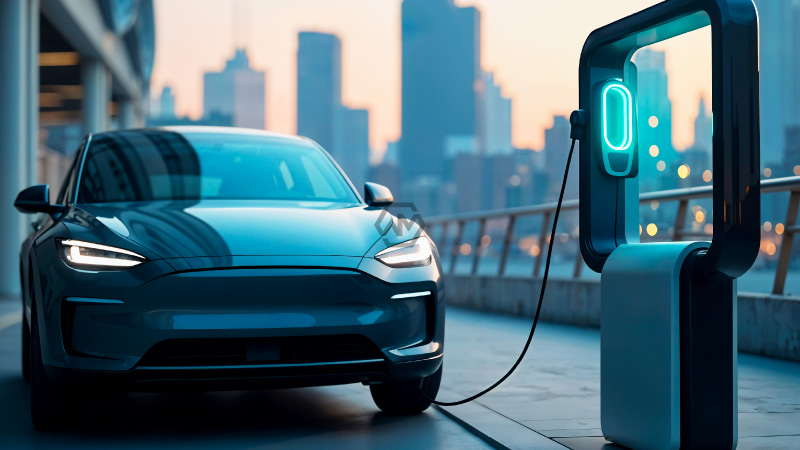- EV sales projected to exceed 18 million units globally in 2025.
- Traditional and luxury automakers intensify EV production.
- Government incentives drive adoption despite economic challenges.
The electric vehicle (EV) market in 2025 is witnessing a surge in sales. This is as more consumers transition to greener, cost-effective transportation.
China remains the dominant player in the EV landscape. This is propelled by government subsidies and expanding infrastructure. In Europe and the U.S., electric luxury models from BMW and Mercedes-Benz are redefining performance and style in the premium segment. They are attracting a broader range of consumers.
The 2025 EV Boom: Shaping the Future of Driving
Global EV sales are projected to surpass 18 million units in 2025. This is driven by aggressive production pushes from established and emerging automakers. Tesla continues to lead but now faces growing competition from brands like BYD, Rivian, and traditional giants like GM and Toyota.
In China, EV adoption is fueled by government-backed trade-in incentives. Meanwhile, in the U.S., federal tax credits and state subsidies encourage consumers to make the switch. Europe is witnessing a surge in electric luxury vehicles as brands like BMW and Mercedes-Benz expand their EV offerings.
As more automakers pledge to go all-electric by the 2030s, infrastructure is rapidly evolving. Charging networks are expanding, and battery recycling initiatives are gaining momentum, addressing consumer concerns over range and sustainability.
Despite the EV boom, gasoline and hybrid models remain significant, particularly in regions with limited charging infrastructure. In the UK, for example, the demand for automatic transmission vehicles remains strong. This reflects consumer interest in affordable, convenient driving options.
The EV market is at a pivotal moment in 2025, with rising adoption rates, expanded model options, and stronger incentives. This makes electric vehicles more accessible and appealing to drivers worldwide.
“Electric vehicles are not just the future — they are the present, transforming how we drive, charge, and think about mobility.”



